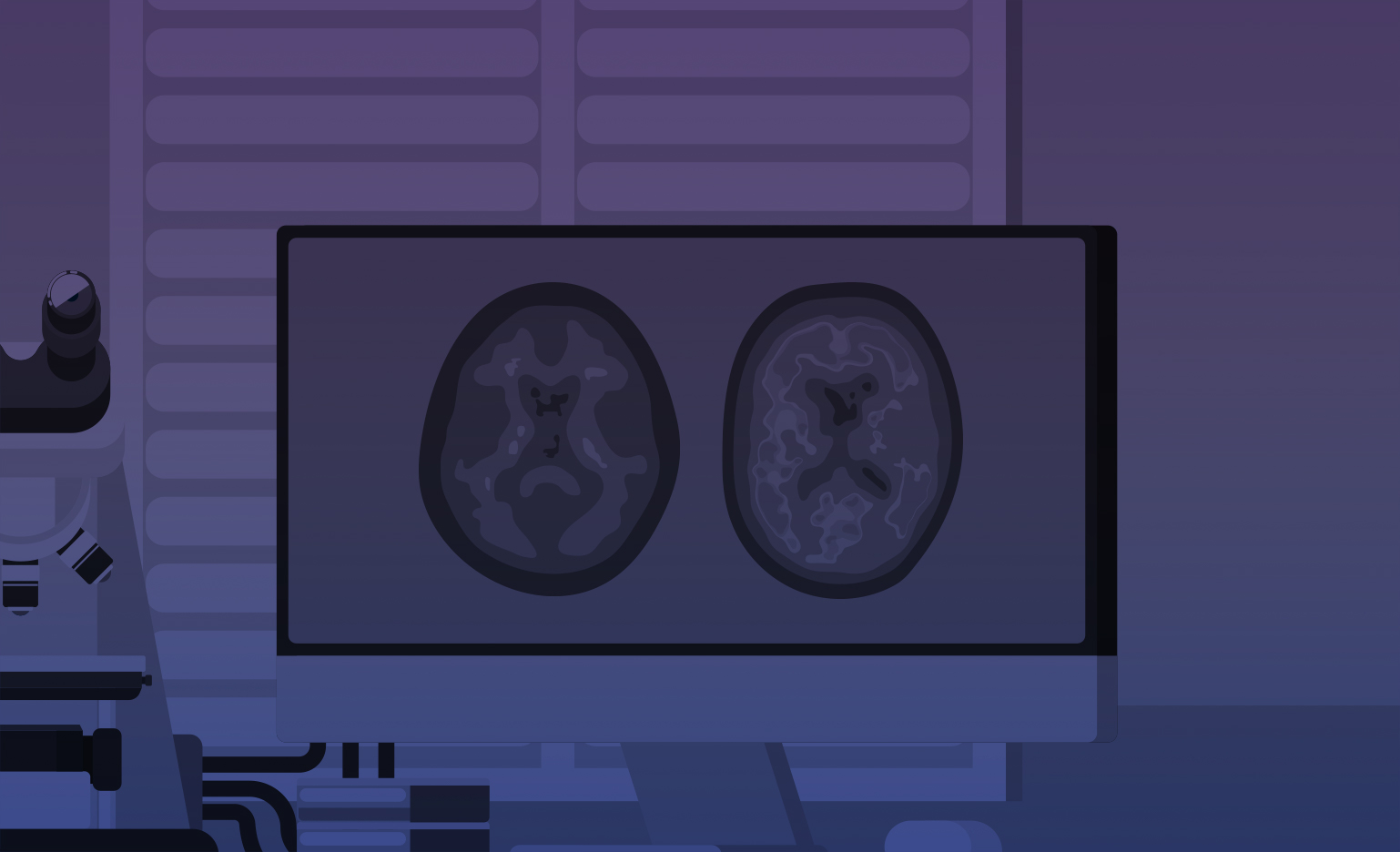Harvard Medical School/BIDMC
Harvard Medical School/BIDMC
Non-Invasive Brain Stimulation for Gamma Induction and Cognitive Enhancement in FTD
Thanks to advances in public health and medicine, the life expectancy of the world population continues to lengthen. While longer lifespan is a unique opportunity for society to benefit from the wisdom and experience of the elderly, aging is however also the greatest risk factor for neurodegenerative disorders such as Alzheimer’s disease (AD) and FrontoTemporal Dementia (FTD). However, no disease-modifying therapy for dementia-related pathologies is currently available. A fundamental neurobiological substrate of cognitive decline and neurodegeneration appears to involve alteration of neuroinflammatory processes in the brain, with associated deposition of aberrant proteins and pathology involving brain cells responsible for fast brain oscillatory activity (so-called “gamma activity”). In recent years, transcranial Alternating Current Stimulation (tACS) has been shown effective in modulating brain rhythmic activity by means of low-amplitude alternating (sinusoidal) currents applied transcranially. In humans, work by our team and others reveal that tACS can be applied safely if appropriate guidelines are followed, and that when applied at the appropriate alternating frequency it is possible to entrain gamma activity and enhance cognition. Furthermore, repeated sessions of tACS on consecutive days are safe and lead to an additive effect with longer lasting neuromodulatory impact on brain oscillation. Given the potential for gamma entrainment in humans via tACS, we propose a first-in-human placebo controlled multicenter tACS study testing the possibility of enhancing gamma oscillatory activity and improve cognition in patients with FTD. Importantly, tACS does not require expensive hardware, which together to its favorable side effect profile and portability could allow for future implementation of home-based interventions reaching large populations of patients. If successful, the study will establish the safety and tolerability of tACS, gather critical mechanistic insights into the pathological mechanisms behind FTD, and potentially lead to truly transformative findings.

